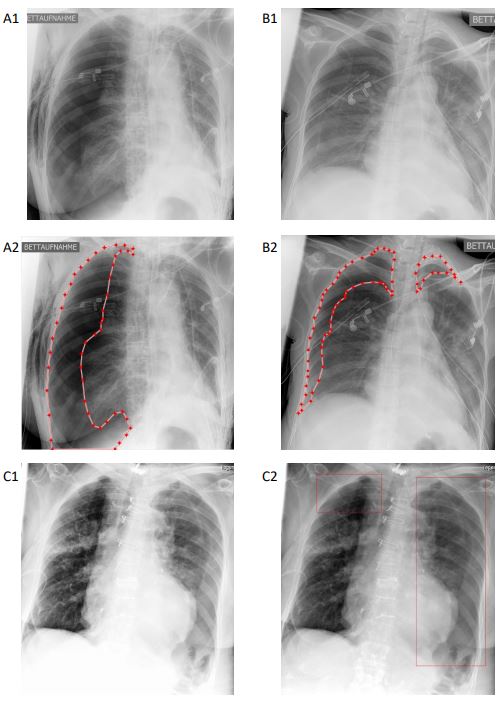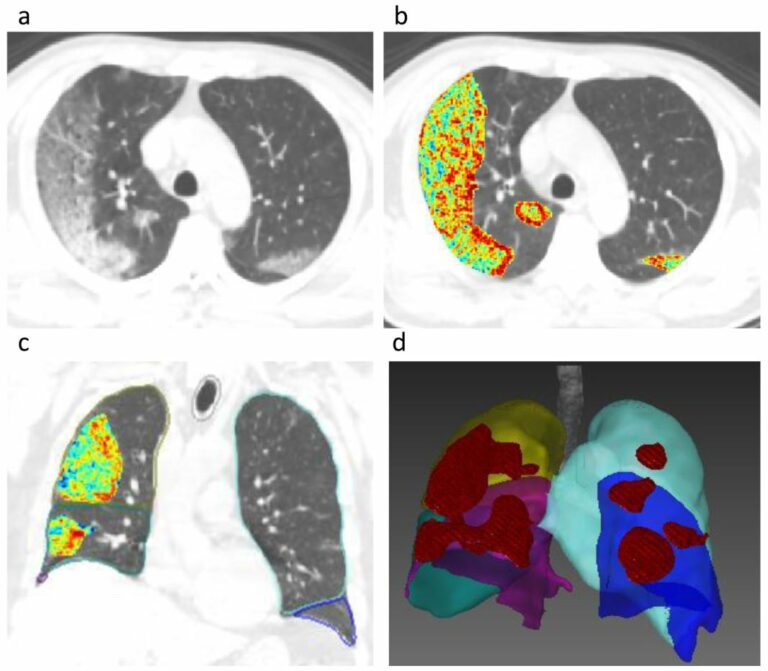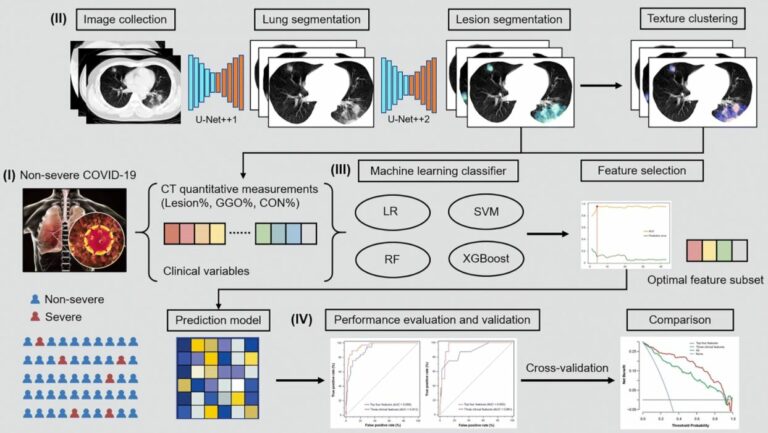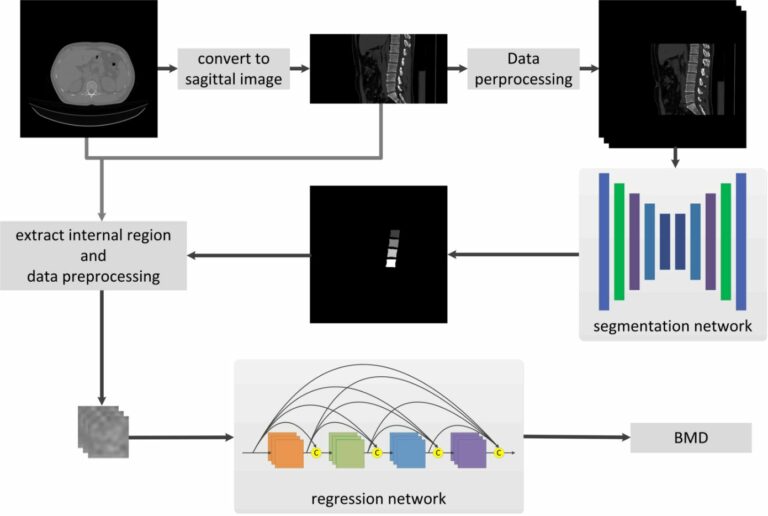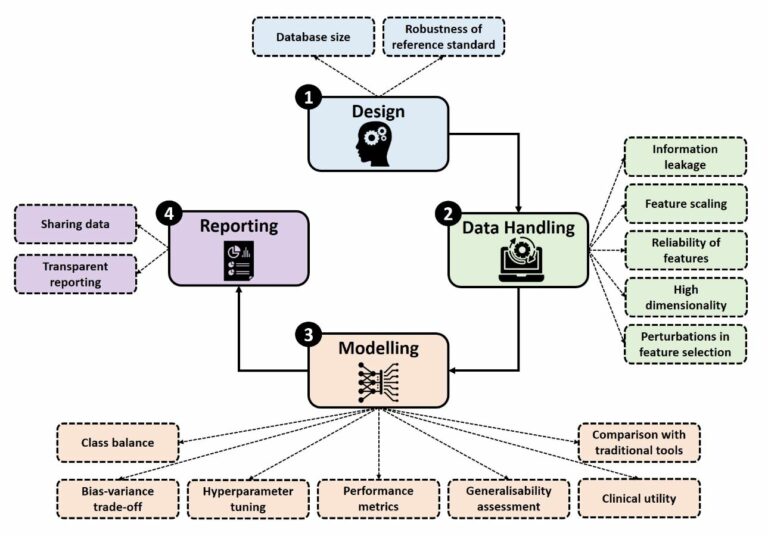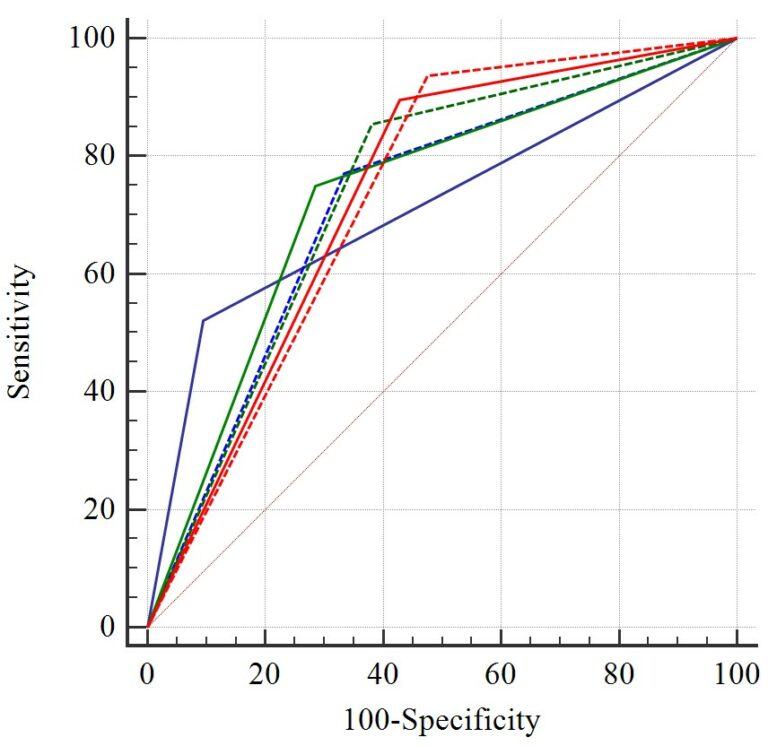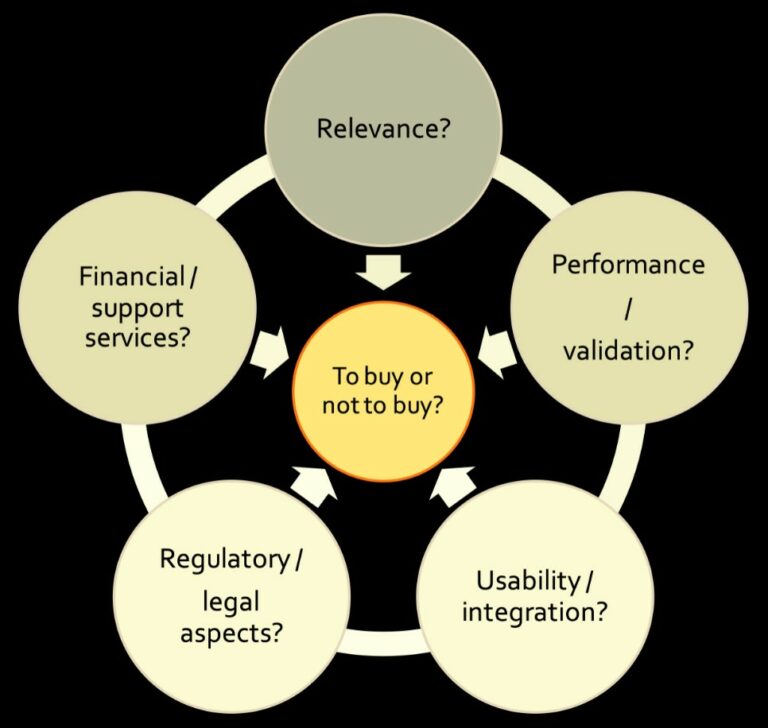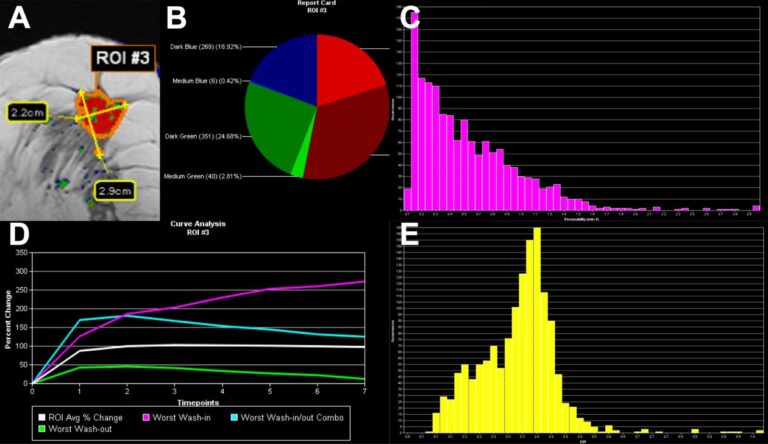
An A.I. classifier derived from 4D radiomics of dynamic contrast-enhanced breast MRI data: potential to avoid unnecessary breast biopsies
In this retrospective study, the authors aimed to evaluate a temporally and spatially resolved (4D) radiomics approach to distinguish benign from malignant enhancing breast lesions, thereby avoiding unnecessary biopsies. The authors determined that the investigated automated 4D radiomics approach resulted in an accurate AI classifier that was able to distinguish between benign and malignant lesions, the application of which could










